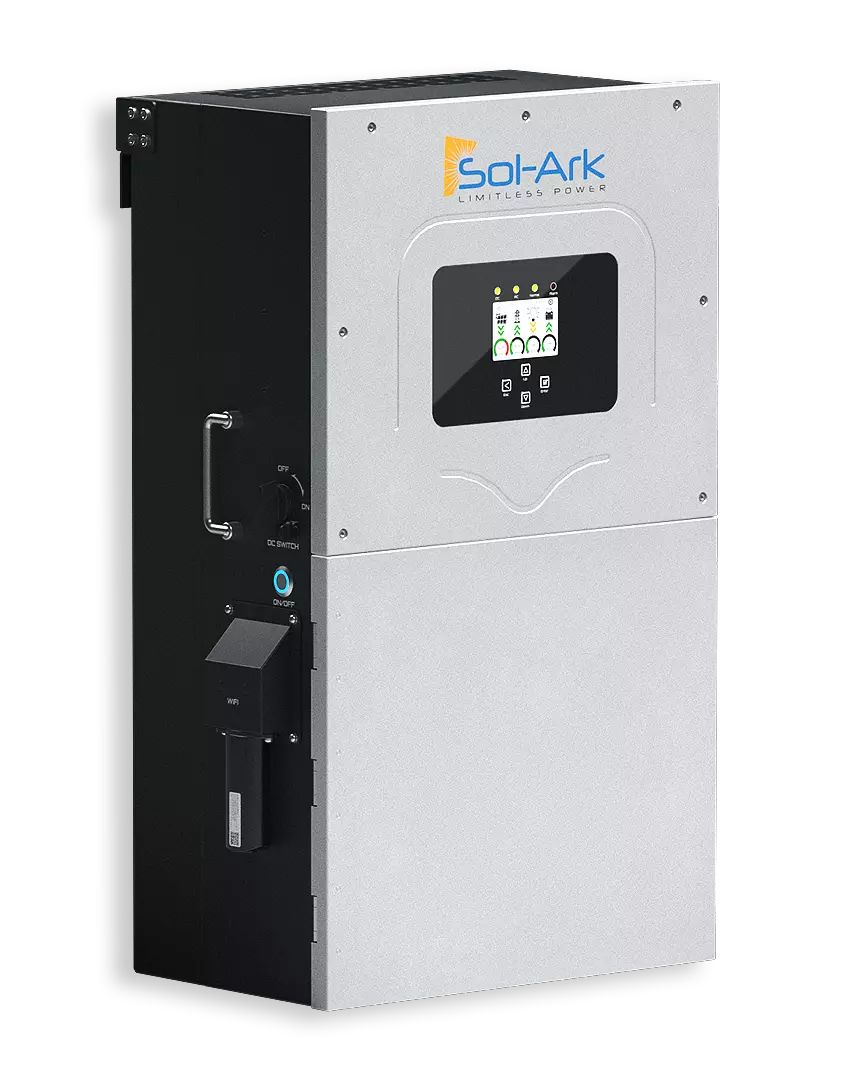solarbauer
New Member
- Joined
- Sep 19, 2022
- Messages
- 8
Hello!
I've been planning a PV install on the roof of my house. (big farm building)
I have space for around 50 kW worth of panels on my south facing roof. I'm not fixed on that number but that's what would fit there.
I also want to get a battery for the whole system and be as self sufficient as possible. My plan is a bank of 64x EVE LF280k cells for a 48V system with around 57 kWh of capacity. I would also not be opposed to building a higher voltage system if there are suitable inverters for that range.
With the bigger loads on my farm my highest sustained power draw is in the range of 15-20kW for 30min-1h a day. My daily energy use on average is 35kWh.
Up until this point I couldn't find any suitable hybrid inverters that would suit my needs. Maybe I'm just looking in the wrong spots.
Do any of you run a similarly sized system? What inverters did you use?
I hope someone here can help me.
I've been planning a PV install on the roof of my house. (big farm building)
I have space for around 50 kW worth of panels on my south facing roof. I'm not fixed on that number but that's what would fit there.
I also want to get a battery for the whole system and be as self sufficient as possible. My plan is a bank of 64x EVE LF280k cells for a 48V system with around 57 kWh of capacity. I would also not be opposed to building a higher voltage system if there are suitable inverters for that range.
With the bigger loads on my farm my highest sustained power draw is in the range of 15-20kW for 30min-1h a day. My daily energy use on average is 35kWh.
Up until this point I couldn't find any suitable hybrid inverters that would suit my needs. Maybe I'm just looking in the wrong spots.
Do any of you run a similarly sized system? What inverters did you use?
I hope someone here can help me.




